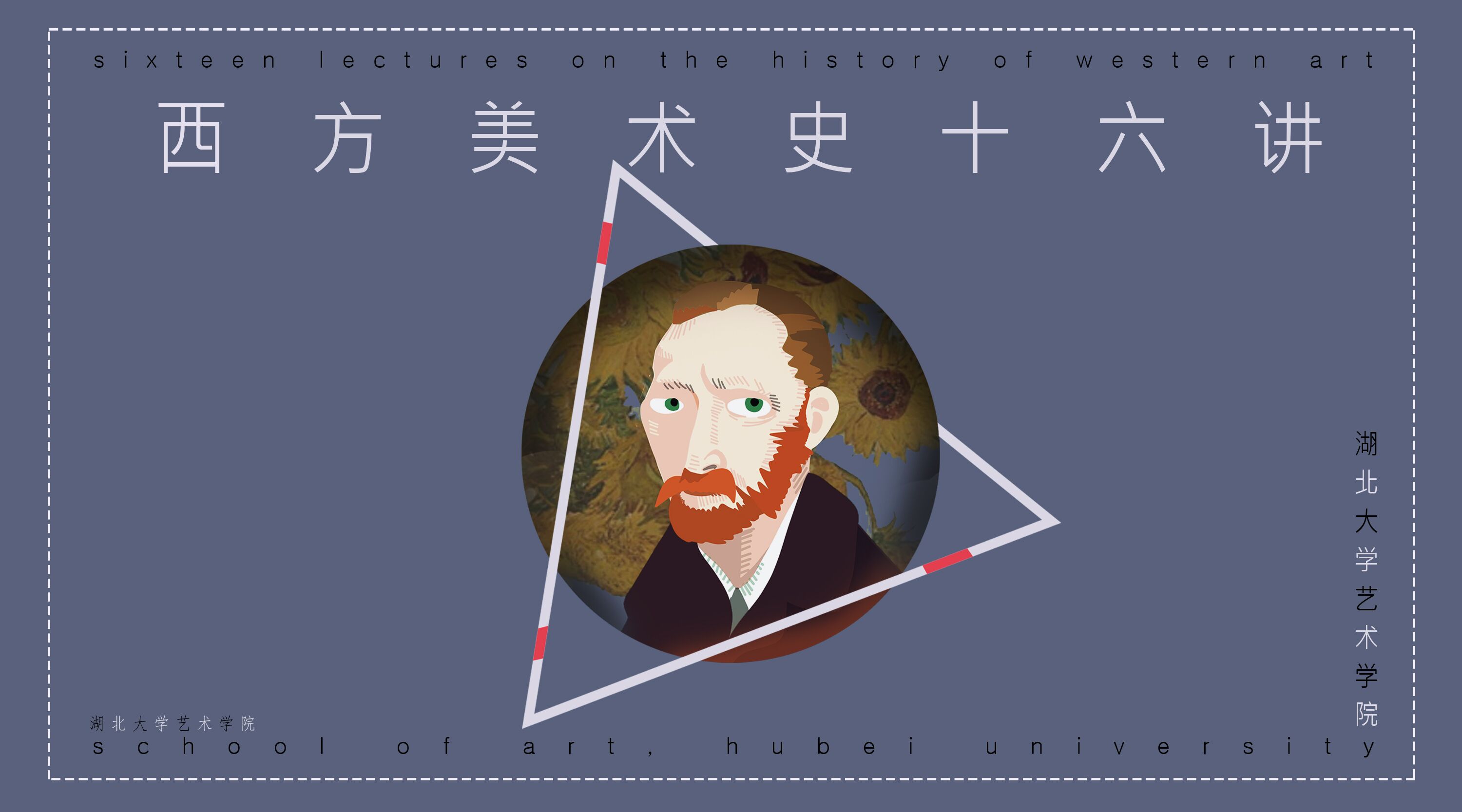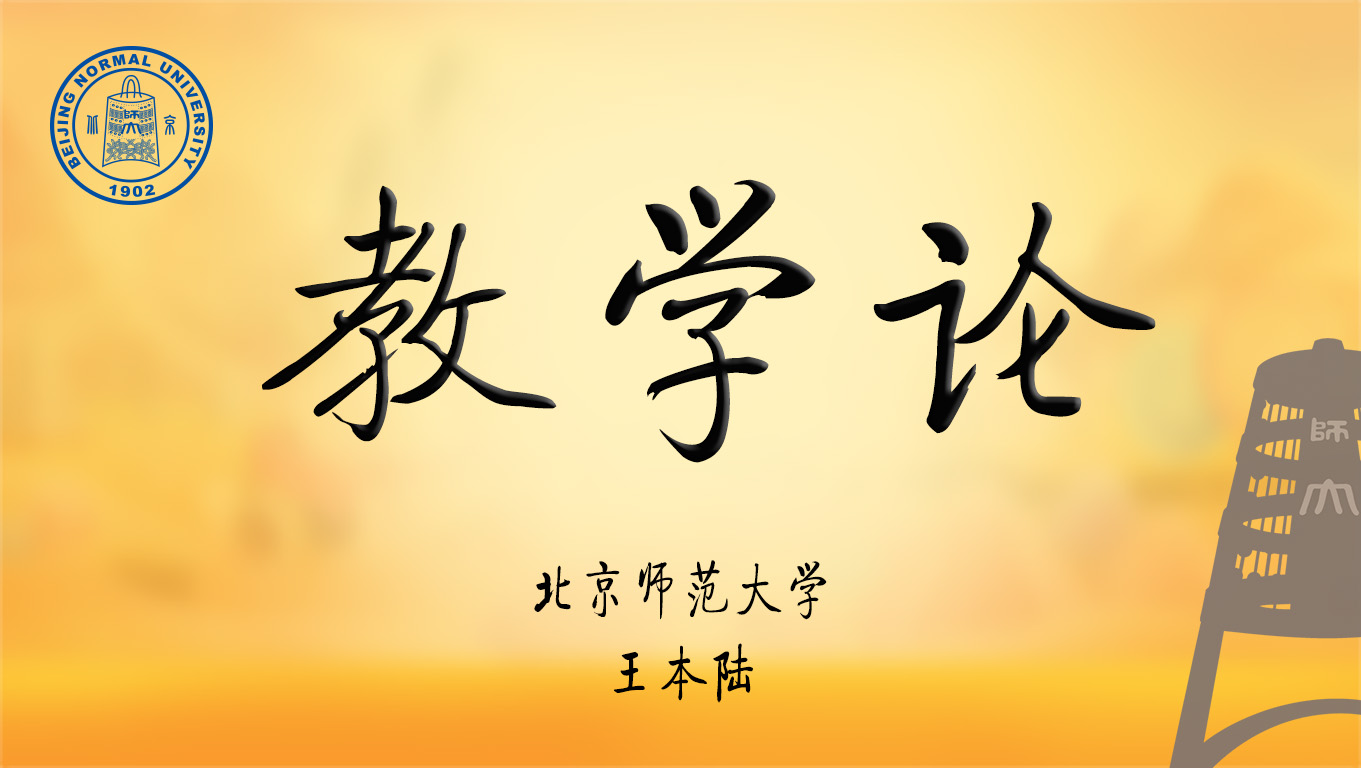
当前课程知识点:Anatomy and Life > 1. Introduction > 1.2 History of Anatomy > Video
返回《Anatomy and Life》慕课在线视频课程列表
1.2 History of Anatomy
The development of human anatomy,
like other natural sciences,
was developed by predecessors
in the long historical process of continuous exploration and practice.
In the Paleolithic era,
hunters cut and killed animals
in order to identify which parts could be used as sacrifice to the gods
and which parts could be taken as food.
Archaeologists found
that the heart of the bison on the most primitive cave paintings
are clearly marked,
suggesting that people knew
the part was where they aimed when hunting.
This knowledge was only gained by casual observation
during sacrifice, hunting and wounding in wars.
Chines culture has a long history.
As far back as the periods of Spring and Autumn and Warring States,
Yellow Emperor¡¯s Classics of Internal Medicine, the earliest work of medicine
had records on the constitution of human body.
In Qin and Han Dynasties, The Biography of Wang Mang, from The History of the Han Dynasty,
recorded the dissection
of the dead body of condemned prisoners.
Hua Tuo, the famous doctor in the Three Kingdoms Period,
was not only good at medicine
but also had a deep understanding of the structure of the human body
and could operate certain gynecological surgery.
The Pulse Classic written by Wang Shuhe in Jin Dynasty£¬
and A-B Classic of Acupuncture and Moxibustion written by Huangfu Mi
have many records of visceral measurements.
In Song Dynasty, Wang Weiyi cast bronze human figures
that are the earliest mannequins.
Witness to Prosecutions, written by Song Ci in Song Dynasty,
has detailed records of human bones and embryos
and attached with bone figures
Error Correction in Medicine written by Wang Qingren in Qing Dynasty,
corrects errors in the ancient medical books,
particularly detailed in the record of viscera.
However, due to constraints of the long-term feudal social system
and Confucianism,
the study of anatomy failed to develop rapidly.
Then, how about the development of anatomy in the West?
Western medical records of anatomy
began with the ancient Greek doctor, Hippocrates,
who was a famous physician
in the age of Pericles in ancient Greece.
He developed medicine into a professional discipline
separated from witchcraft and philosophy,
and founded the school of medicine named after himself.
He is regarded as the father of medicine in the West
and the founder of Western medicine.
The Hippocratic oath
is the ancient Greek canon of ethics
in which Hippocrates warned mankind.
His ethical proposal to the medical profession
is an important part of the first lesson for medical professionals.
Aristotle, another Greek philosopher,
was the founder of zoology,
but he transferred the conclusions of animal anatomy
to the human body.
Herophilus, the ancient Greek physician,
supported by the Alexander Medical College where he worked,
carried the first dissection of the human body.
He is considered as the father of anatomy.
The first relatively complete anatomical book
should belong to the ancient Roman medical scholar Galen¡¯s Medical Classics
which has detailed and specific records of the bloodoperation and innervation
and a number of viscera.
At the beginning, the anatomical knowledge taught in major medical schools in Europe
came from the works of Galen.
But we should remember that
for a thousand years of the middle ages,
the Catholic church, the dominant religion in Europe,
prohibited autopsies,
so Galen didn¡¯t dissect the human body.
His anatomy works
are based on the analysis of the anatomy of pigs and monkeys.
But after all, there are many differences between the structure of human body and those of animal bodies.
Galen¡¯s anatomical conclusions
were unavoidably riddled with errors
that had been unchangeably passed down for more than a thousand years
and seriously restrained the development of medicine and anatomy.
Actually, the scholars who have been fascinated by medical research,
and have braved prohibitions to secretly dissect corpses
have never stopped throughout history.
The most famous one is Leonardo Da Vinci
who dissected at least more than 30 bodies.
About his 750 anatomical drawings
are not only beautiful in art
but also accurate in physiological aspect.
But they were so famous
that Pope Leo X
specifically issued a blockade
to prohibit his anatomy.
As the increase of the practice of anatomy,
more and more scholars found that
there were errors in Galen¡¯s books needed correcting.
Under such background,
someone was bound to
leave an indelible mark in the history of anatomy.
Vesalius became one of the most famous figures of his time.
At the age of 17-year-old, Vesalius studied medicine at the University of Paris
and became a professor of surgery
and anatomy at the University of Padova in Italy at the age of 23.
He often went to the suburbs of the city late at night
with three or five students
in search of deserted tombs and graves.
Vesalius accumulated the bones from the graves
into a complete human skeleton.
He creatively had his anatomy classes
in the amphitheater which was for plays.
In 1543,
the great work of anatomy, The Structure of Human Body, was created
and laid the foundation for human anatomy,
making him the founder of modern anatomy.
Harvey created the theory of blood circulation
by repeated vivisection
and produced The Anatomical Study of the Blood Movement of Animals
to separate physiology from anatomy.
After the invention of the microscope,
anatomy developed from the gross anatomy
to the era of microanatomy,
forming the macroscopic anatomy, microscopic anatomy
and ultrastructural anatomy.
In the 19th century, Darwin¡¯s On the Origin of Species
and The Descent of Man, and Selection in Relation of Sex
provided a theoretical basis
for exploring the development of human structure.
In the 20th century,
the development of medicine promoted the in-depth study of anatomy£¬
and the application of computer-aided CT and ultrasonic tomography
also put forward new requirements for sectional anatomy.
With the improvement of vascular suture surgery,
the development of microsurgery
has led to the establishment of microsurgical anatomy.
Especially in recent decades,
the study of anatomy and other morphology
also has a tendency to comprehensive discipline.
Some emerging techniques such as immunohistochemistry,
cell culture technology
and in situ molecular hybridization , etc.
have been widely used in morphological research.
Especially the rapid development of neuroanatomy,
making this ancient discipline glow with the splendor of youth.
-1.1 Opening remarks of Anatomy and Life
--Video
-1.2 History of Anatomy
--Video
-Unit Test
-2.1 Teeth—Does toothache deadly hurt?
--Video
-2.2 Periodontium—Past and Present of Dental calculus
--Video
-2.3 Wisdom teeth—Does it make you smart?
--Video
-2.4 Stomach—Hello, are you ok?
--Video
-2.5 Liver
--Video
-2.6 Biliary system—Gallstone without breakfast?
--Video
-2.7 Pancreas—Pancreatitis eaten out?
--Video
-2.8 Appendix—Aspects of appendicitis
--Video
-2.9 Intestinal tube—Anxiety-producing constipation
--Video
-2.10 Anal canal anatomy—Puzzle-of-the-wit’s Hemorrhoids
--Video
-2.11 Digestive tract and glands—Travel of food in the body
--Video
-Unit Test
-3.1 Nasal cavity and paranasal sinus—Be your own breath
--Video
-3.2 Iaryngopharyngitis—Protecting your throat
--Video
-3.3 Foreign matters in respiratory tract
--Video
-3.4 Lungs--Ventilating fans in the body
--Video
--Unit Test
-4.1 Kidneys--Sewage treatment plant of the body
--Video
-4.2 Urinary calculus-- Condensed is not necessarily the essence
--Video
-Unit Test
-5.1 Prostatitis—Mr. Zhou’s embarrassing story
--Video
-5.2 Uterus—Lost baby
--Video
-5.3 Between sexes—Secrets of the body
--Video
-Unit Test
-6.1 Bone morphology—Fractures of the Bear Boy
--Video
-6.2 Knee joints—Ruin of swift-walk
--Video
-6.3 Cervical vertebra—Smartphones addicts cervical spondylopathy
--Video
-6.4 Pelvis—Hard choice
--Video
-6.5 Spinal column—Protecting your skyreach pillar
--Video
-6.6 Anatomical structure of tendon sheath—“Mama’ hands”
--Video
-6.7 Shoulder joints—Frail shoulders
--Video
-Unit Test
-7.1 How blood circulate in the body?
--Video
-7.2 Protecting your heart!
--Video
-7.3 The conduction system of the heart
--Video
-7.4 Artery—How to stop bleeding at critical moment!
--Video
-7.5 Lymph—Guardian of health
--Video
-7.6 Hepatic portal vein—Nutrition canal in human body
--Video
-Unit Test
-8.1 Eye anatomy—The mystery of eyes
--Video
-8.2 Xerophthalmia—Blame It On The Phone!
--Video
-Unit Test
-9.1 Anatomical basis of hearing—How we hear the sounds?
--Video
-9.2 Vestibular organs—Why do people get carsick?
--Video
-Unit Test
-10.1 Internal capsules—Watch out for dangerous cerebral hemorrhage
--Video
-10.2 Cerebellum—Small brain, large works!
--Video
-10.3 Language Centers—Sources of human thought
--Video
-Unit Test
-11.1 Thyroid—Butterfly around the neck
--Video
-Unit Test
-Final Exam





